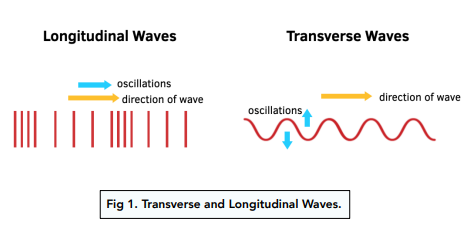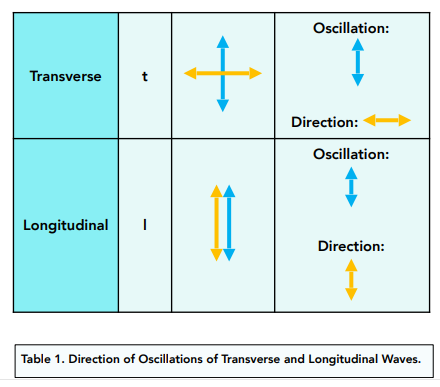Types of Waves (GCSE Physics)
Types of Waves
Types of Waves
- There are 2 types of waves. The two types of waves that you need to know for exams are called transverse waves and longitudinal waves. These two types of waves are slightly different in the way that they move.
- Direction of oscillations are different. Both the transverse and longitudinal waves have different directions of oscillations. Transverse waves will have oscillations perpendicular to the direction of travel. Longitudinal waves will have oscillations parallel to the direction of travel, as shown in the diagram.







Still got a question? Leave a comment
Leave a comment